Junkyard Find: 1977 Volkswagen Dasher

When Volkswagen finally decided to try this newfangled water-cooled engine idea, their first effort was the Audi 80-derived Passat. In North America, this car was badged as a Dasher, and it didn’t exactly break any sales records. Prior to finding this example in a Denver junkyard earlier in the week, I hadn’t seen a Dasher for at least a decade.
The ’77 Dasher two-door hatch listed for $4,510, which was about $450 more than the Datsun 710 hardtop, $850 more than a six-cylinder Chevy Nova hatchback, and $700 more than a Plymouth Volare six-cylinder sedan. With front-wheel-drive and generally more modern design, the Dasher was somewhat more sophisticated than much of the competition, but on the expensive side for car shoppers accustomed to paying under three grand for a Beetle.
DPD air conditioning! That must have presented a challenge for the Dasher’s 78-horsepower engine. I’m going to see if my friend with a ’76 Audi Fox has any use for parts off this thing.

Murilee Martin is the pen name of Phil Greden, a writer who has lived in Minnesota, California, Georgia and (now) Colorado. He has toiled at copywriting, technical writing, junkmail writing, fiction writing and now automotive writing. He has owned many terrible vehicles and some good ones. He spends a great deal of time in self-service junkyards. These days, he writes for publications including Autoweek, Autoblog, Hagerty, The Truth About Cars and Capital One.
More by Murilee Martin
Latest Car Reviews
Read moreLatest Product Reviews
Read moreRecent Comments
- ToolGuy If these guys opened a hotel outside Cincinnati I would go there to sleep, and to dream.
- ToolGuy Michelin's price increases mean that my relationship with them as a customer is not sustainable. 🙁
- Kwik_Shift_Pro4X I wonder if Fiat would pull off old world Italian charm full of well intentioned stereotypes.
- Chelsea I actually used to work for this guy
- SaulTigh Saw my first Cybertruck last weekend. Looked like a kit car...not an even panel to be seen.

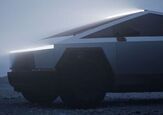
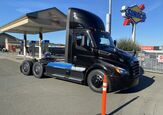
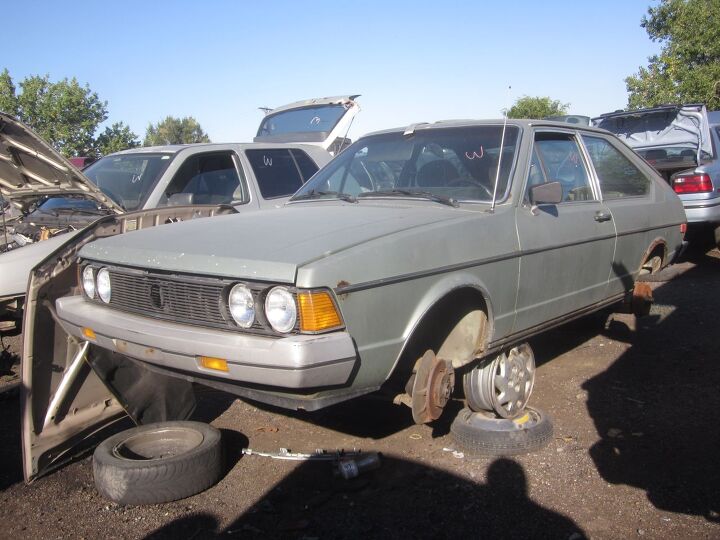


























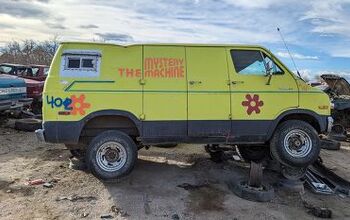
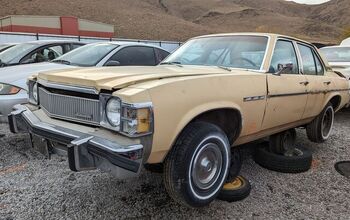


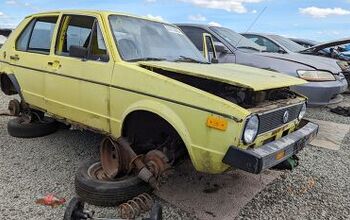
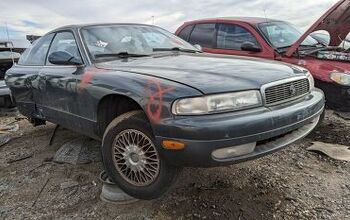
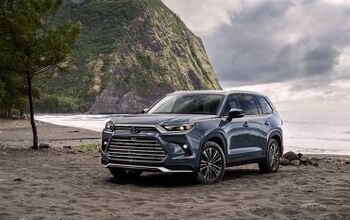
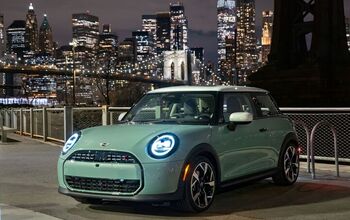
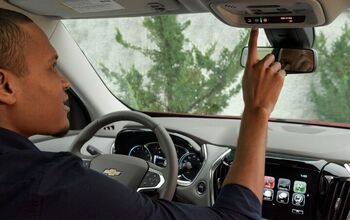
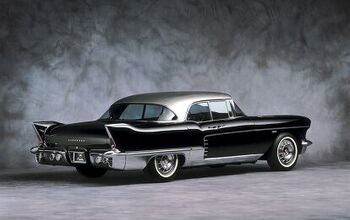

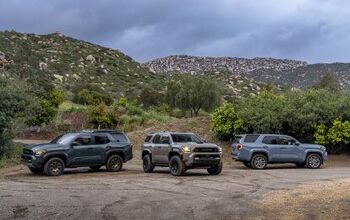

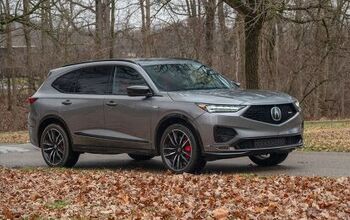

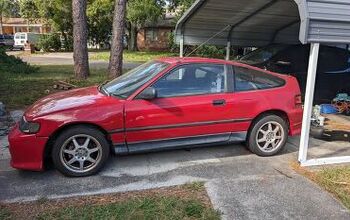
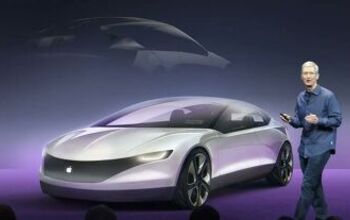
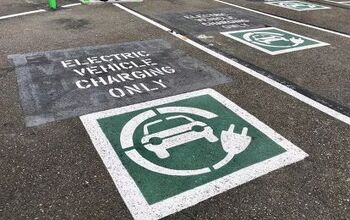
Comments
Join the conversation
Ah memories. We had the uppity Audi Fox in my family all throughout my childhood. A string of them actually, the first two lasting a year or so before being squished in accidents. The third one was the charm: a brown Fox wagon. Lasted for us for nine years, ultimately with sheet metal riveted to the rusted-out driver's door bottom. No memory of how many miles it accumulated or whether it was particularly unreliable. I think it was mechanically sound for us??? It certainly had a great personality and was considered the "fun" car in the family. I remember it had no power steering! I think of it often as I drive around in my 09 TDI Sportwagen. I wish the TDI had much to remind me of the old Audi, but it doesn't really. The A2 Jettas I had sure did though.
The first VW water-cooled car was a rebadged NSU K70. I don't own an NSU K70, I have an earlier 2 cylinder Sport Prinz, but this conversation pops up now and again on the NSU mailing list. The rebadged NSU was sold as a VW from 1970-1975. The Passat came out later.